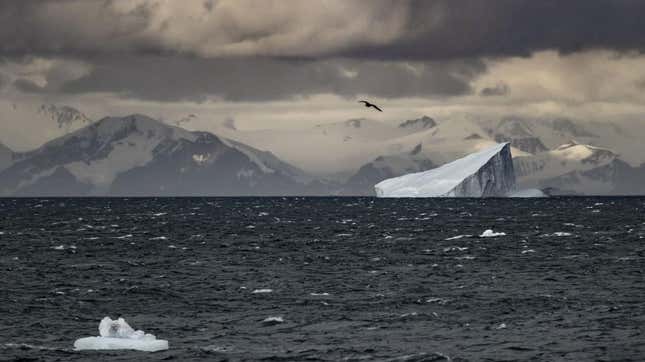
Sea ice around Antarctica has dropped to the lowest level in more than 40 years, according to satellite data from the National Snow and Ice Data Center.
The Southern Ocean sea ice coverage has dropped below 2 million square kilometers for the first time since satellite measurement began in 1979. The February 22 measurement of 1.941 million square kilometers beat a previous record-low of 2.110 million square kilometers, recorded in 2017.

Here’s where it gets a little complicated, as there isn’t a straightforward connection between Antarctic sea ice levels and a warming climate. Sea ice in Antarctica is a challenge for researchers to study because huge changes can and do occur over time, including large fluctuations throughout each year. Global temperature changes have affected sea ice, but other factors include the direction and the strength of winds as well as heat in the ocean.
Will Hobbs of the Australian Antarctic Program Partnership told the Guardian that “now we have these two events in five years that are off the records... You can’t say this is climate change, but we do now have to consider whether or not the system is starting to change.”
More research is needed to understand that connection and to detangle other potential factors that could be contributing to the decline of sea ice that has been noticed in recent years.
Scientists are disturbed by other changes around Antarctica. In late 2021, a study found that the Thwaites Glacier (aka the Doomsday Glacier), may lose its grip on the bedrock beneath it by the end of the decade. If the glacier continues to melt and then slides off the bedrock and into the sea, it would set off a chain of events that could lead to sea level rise of up to 10 feet.
And in July 2021, another study outlined how a huge lake on the east coast of Antarctica drained in a matter of days back in 2019. More than 200 billion gallons of water were flushed out to sea through the cracked ice.